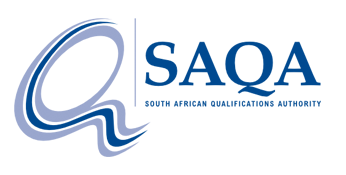News & Announcements

Foreword
Distance Higher Education Programmes in a Digital Era: Good Practice Guide provides good practice guidelines, examples and indicators for the development and evaluation of distance education programmes, including those that are supported by digital technologies. This Guide is intended primarily to assist those involved in programme design and review at an institutional level as well as CHE programme evaluators involved in the accreditation process of distance education programmes, whether technology supported or not. The Guide also aims to assist users to interpret existing HEQC criteria for a wide range of distance education programmes offered by higher education institutions in the country. Key components of the Guide are the following:
- A consideration of the impact of technology on higher education provision generally, and on higher education distance provision in particular.
- A conception of distance education in a digital era that guides programme developers and evaluators in distinguishing distance education from non-distance education programmes and suggests a way to map different modes of educational provision.
- Key considerations for the evaluation of distance education provision in a digital era.
- Lines of enquiry to guide programme developers and evaluators in the application of the CHE criteria to programmes using distance education methods generally, and digital technology- supported methods (also termed ICT-supported methods) in particular.
- Interpretation of existing quality elements related to general HEQC programme accreditation criteria, taking into account considerations around distance education provision in a digital era.
This Guide has been developed through a consultative process:
- A reference group workshop was held at the CHE and involved open and distance learning (ODL) experts, distance education evaluators, CHE accreditation staff, representatives of the National Association of Distance Education and Open Learning in South Africa (Nadeosa), and student representatives.
- A national workshop took place, at which academic staff from universities discussed and provided feedback on the draft Guide.
- An internal think-tank meeting was held at the CHE with experienced programme evaluators.
The Guide has become necessary partly due to the misleading conflation of concepts such as e-learning, online learning, and open and distance learning. In addition, it is believed that institutions find themselves using supporting ICTs to a greater or lesser extent in providing distance education, both to meet the expectations of their students and to improve their teaching and learning efficiency and effectiveness.
The issues explored in this document are about the choice to adopt a technology-supported distance education approach (i.e. predominantly not campus-based), and the quality implications of this decision for students, staff and systems. The key principle is thus whether digital technology has been used to create an enabling environment for student success at a distance.








